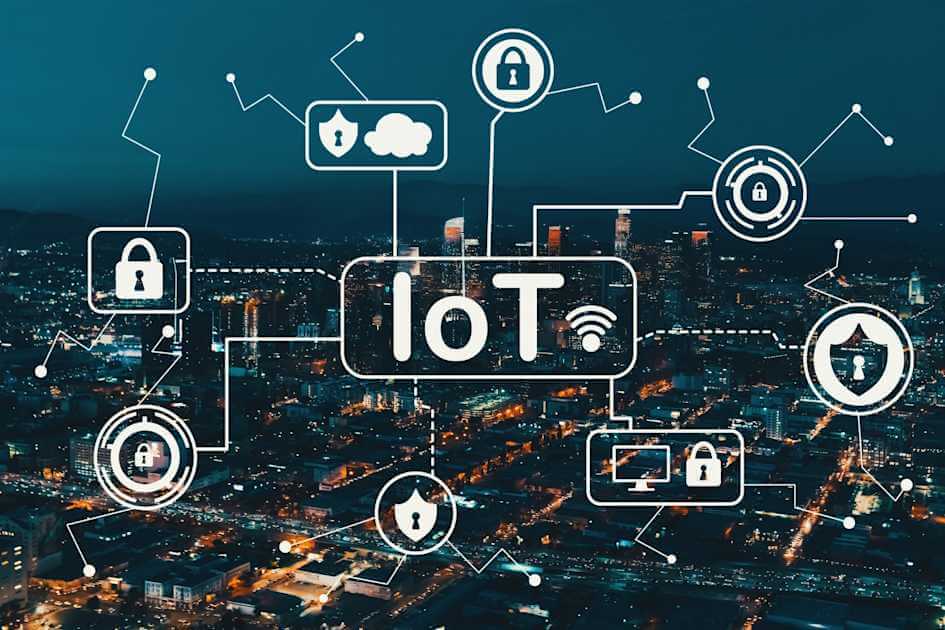Cities are increasingly adopting Internet of Things (IoT) technologies to enhance urban planning and create more efficient, sustainable, and livable environments. The rise of IoT, coupled with advancements in data analytics and artificial intelligence (AI), is enabling cities to make data-driven decisions that optimize resource allocation, improve infrastructure, and enhance the quality of life for their residents.
One of the primary applications of IoT in urban areas is in traffic management and transportation. By deploying sensors on roads, vehicles, and parking spaces, cities can gather real-time data on traffic flow, congestion, and parking availability. This information can then be used to optimize traffic signal timings, implement smart parking systems, and provide commuters with real-time traffic updates, ultimately reducing congestion and improving mobility. For example, Seoul was an early adopter of intelligent transportation systems, which helped increase mass transit ridership significantly. Moreover, cities are using IoT to enhance public transportation by tracking bus and train usage, optimizing routes, and providing real-time information to passengers.
Smart infrastructure is another key area where IoT is making a significant impact. IoT sensors can be deployed to monitor the condition of bridges, roads, and buildings, detecting structural flaws and predicting maintenance needs before major issues arise. This proactive approach can help cities prevent costly repairs, improve public safety, and extend the lifespan of their infrastructure. Smart buildings utilize IoT sensors to track energy usage, optimize heating and cooling systems, and enhance security, leading to improved energy efficiency and reduced operating costs.
Environmental monitoring is also benefiting greatly from IoT technologies. Cities are deploying sensors to monitor air and water quality, noise levels, and waste levels, providing valuable data for policymakers and residents. This data can be used to identify pollution sources, implement targeted environmental policies, and promote sustainable practices. For example, IoT-enabled waste management systems can optimize waste collection routes, reduce operational costs, and promote recycling efforts.
Public safety is another critical area where IoT is being used to enhance urban living. Cities are deploying IoT-connected cameras with AI for facial recognition and anomaly detection, along with gunshot detection systems, to improve security and response times. These systems can help law enforcement agencies identify high-risk areas, respond to emergencies more effectively, and ultimately reduce crime rates.
The benefits of IoT in urban planning extend beyond these specific applications. By enabling data-driven decision-making, IoT can help cities optimize resource allocation, improve public services, and enhance the overall quality of life for their residents. For example, cities can use data on population density, mobility patterns, and community feedback to distribute amenities optimally and ensure that services are meeting the needs of their communities.
However, the implementation of IoT in urban areas also presents several challenges. One of the key challenges is ensuring data privacy and security. As cities collect more and more data from IoT devices, it is crucial to protect this data from unauthorized access and misuse. Cities must implement robust cybersecurity measures and establish clear data governance policies to safeguard citizens' privacy and build trust in smart city infrastructure.
Another challenge is integrating new IoT technologies with existing systems. Many cities have legacy infrastructure and systems that are not easily compatible with new IoT devices and platforms. Cities must develop strategies for integrating these systems seamlessly to leverage the full potential of IoT. This requires careful planning, investment in new infrastructure, and collaboration between different city departments and agencies.
Despite these challenges, the potential benefits of IoT in urban planning are too significant to ignore. As technology continues to advance and become more affordable, more and more cities are expected to embrace IoT to create smarter, more efficient, and more sustainable urban environments. The future of urban planning is undoubtedly data-driven, and IoT is playing a central role in this transformation. Cities that embrace IoT and develop effective strategies for managing and utilizing data will be best positioned to meet the challenges of urbanization and create thriving, livable communities for their residents.

















